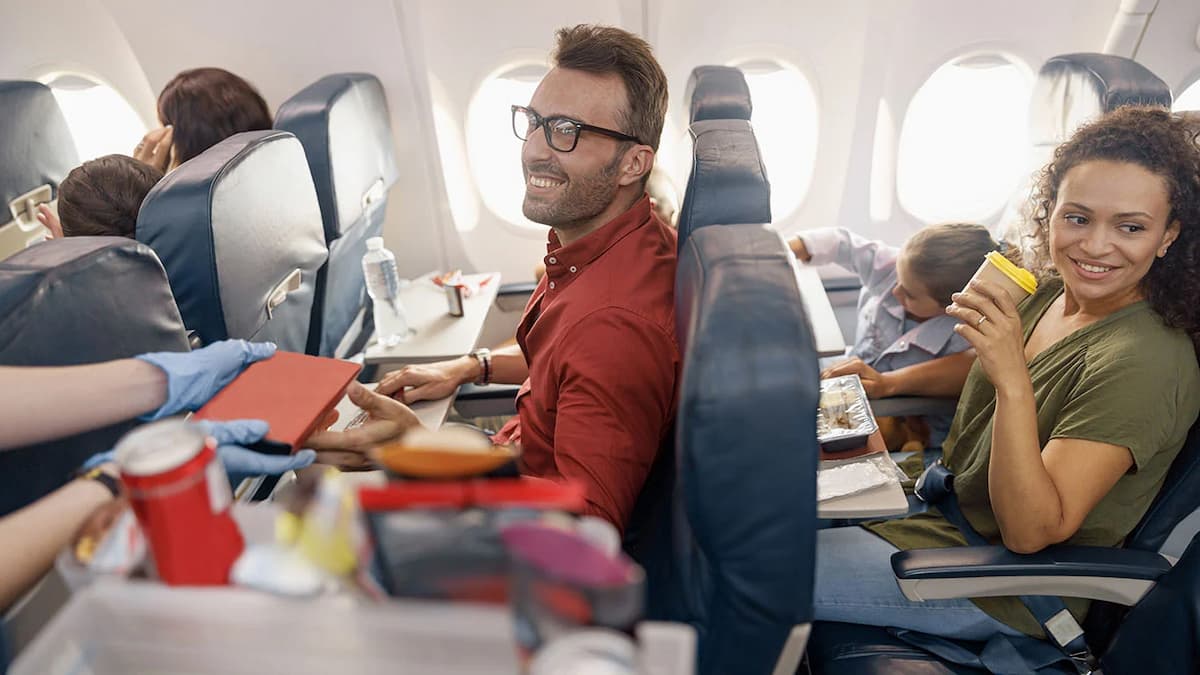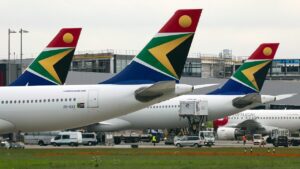Passenger service standards are pivotal in shaping customer satisfaction within the commercial aviation sector
Global passenger traffic is expected to continue to grow strongly. Accommodating this growth is a major challenge for the air transport industry and governments. It will require new standards, harmonized regulations and adequate infrastructure. In collaboration with its members, international organizations and states, IATA develops standards aimed at simplifying the passenger process towards a more seamless, inclusive and secure passenger experience while improving efficiency and lowering industry costs.
“The clear message from travelers is that they expect to board their planes faster with technology and smarter processes beginning well before they reach the airport. And the good news is that we are making this happen. Already travelers can arrive at the airport ready to fly with admissibility checks completed. And biometrics and digital identity can deliver a paperless experience once at the airport. That’s great for passengers,” says an IATA official. Moe importantly, the greater efficiency will help airport infrastructure to better cope with the growth in passenger numbers, helping to make the business case for adopting these new technologies and processes even more compelling
Passenger service standards (PSS) are pivotal in shaping customer satisfaction within the commercial aviation sector. High service standards lead to positive passenger experiences, fostering loyalty and enhanced brand reputation. When airlines meet or exceed these standards, customers are more likely to choose them for future travel.
Key elements contributing to customer satisfaction include safety, comfort, and ease of access to services. Timeliness in service delivery, courteous staff interactions, and attention to passenger needs all play significant roles. Therefore, adherence to these standards must be prioritized. Satisfaction is not solely derived from meeting basic expectations but also from providing exceptional experiences. Airlines that consistently uphold high PSSs can differentiate themselves in a competitive market. This differentiation can translate into repeat business and favorable reviews. Ultimately, the alignment of PSS with customer expectations results in a stronger competitive advantage. Satisfied customers are more inclined to recommend airlines to others, further enhancing the reputation and success of the airline industry.
Maintaining high passenger service standards in commercial aircraft presents various significant challenges. Economic downturns often compel airlines to implement cost-cutting measures that directly affect service quality. Reduced staffing levels can result in increased workloads for remaining employees, leading to potential lapses in passenger service. In addition, the rising volume of passengers exacerbates these challenges. As airlines accommodate more travelers, the strain on resources escalates, making it increasingly difficult to provide personalized attention and adequate support during flights. Long wait times and insufficient communication can compromise the overall travel experience.
Consequently, the balance between maintaining high PSS and managing operational constraints requires constant attention. Airlines must continuously adapt and find innovative solutions to meet passenger expectations while remaining financially viable. A significant increase in passenger numbers can lead to congestion at airports and within aircraft. This often results in longer wait times for check-in, security, and boarding processes. Consequently, airlines face pressure to streamline these operations to enhance efficiency while still providing exceptional service to each passenger. Furthermore, increased passenger volume may strain onboard services such as catering, entertainment options, and cabin crew availability. Airlines must invest in resources and training to ensure that staff is well-equipped to handle a larger number of passengers. Adapting to this shift is essential for airlines aiming to uphold their passenger service standards amid growing demand.
Additionally, the rise in passenger volume can intensify competition among airlines, prompting them to differentiate their services. Innovations and improved service offerings become vital for attracting and retaining customers, making it imperative for airlines to continuously evaluate and elevate their passenger service standards. Innovations enhancing passenger service standards are transforming the commercial aviation landscape. One notable area of advancement is technology integration, which facilitates smoother check-in processes, reducing wait times and enhancing overall passenger convenience. Mobile boarding passes and self-service kiosks empower travelers to manage their journeys more independently. Passenger service standards encompass a set of criteria that airlines implement to enhance the passenger experience from booking to arrival.
Moving forward, airlines must prioritize these standards to adapt to evolving customer expectations and maintain competitiveness in the aviation industry. The future of PSS will likely be shaped by innovations and regulatory advancements, ensuring that airlines adapt to changing passenger expectations while prioritizing safety and comfort. Continuous improvement in service delivery will be essential for success in this dynamic environment. Transformation, industry success and sustainability can only be achieved through collaborative efforts. IATA is working to develop and nurture partnerships to strengthen the end-to-end passenger experience by engaging airlines, governments, industry associations and strategic partners at global, regional and local levels, to identify common objectives, and areas to start or bolster existing collaborations.
Source: Bizz Buzz






